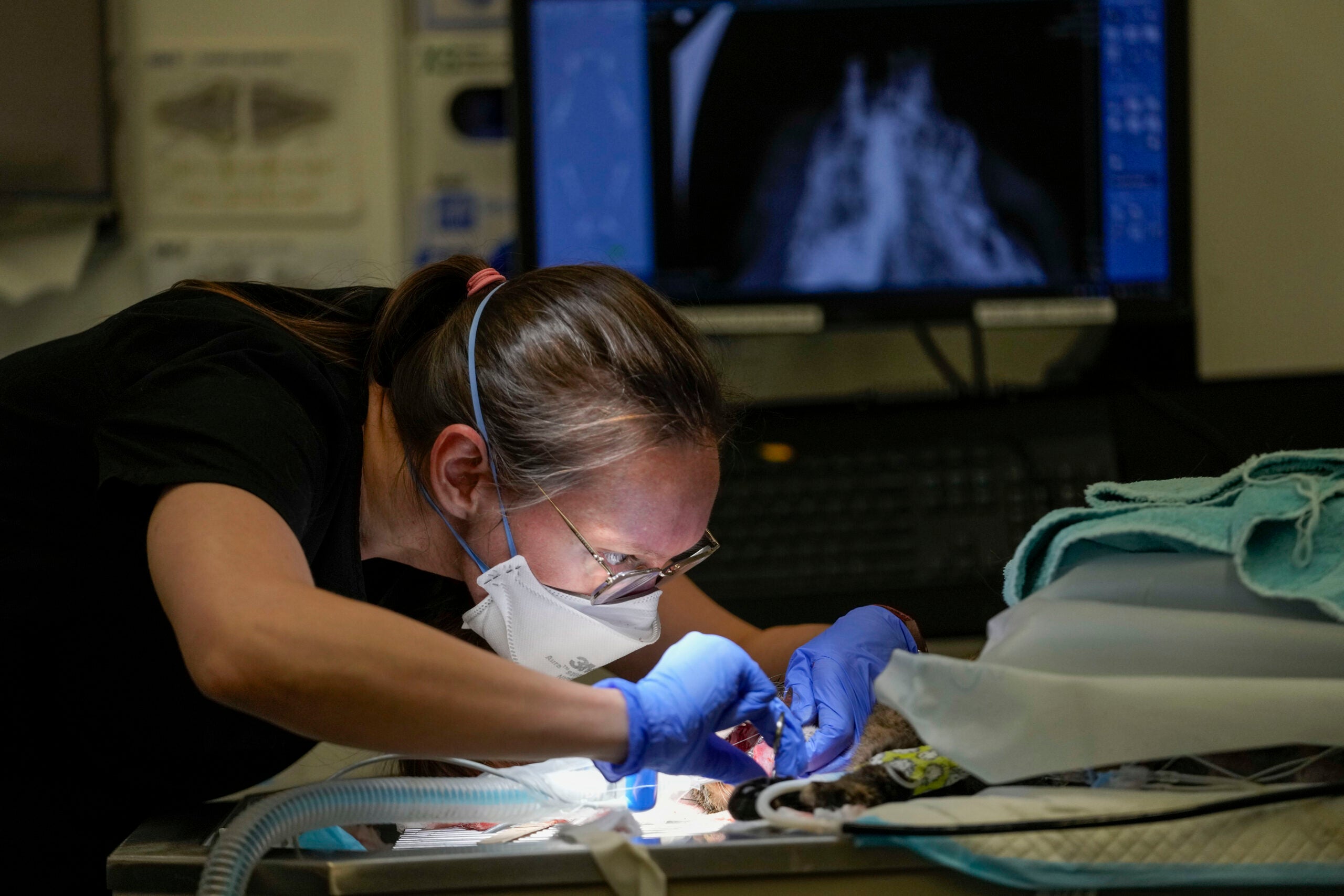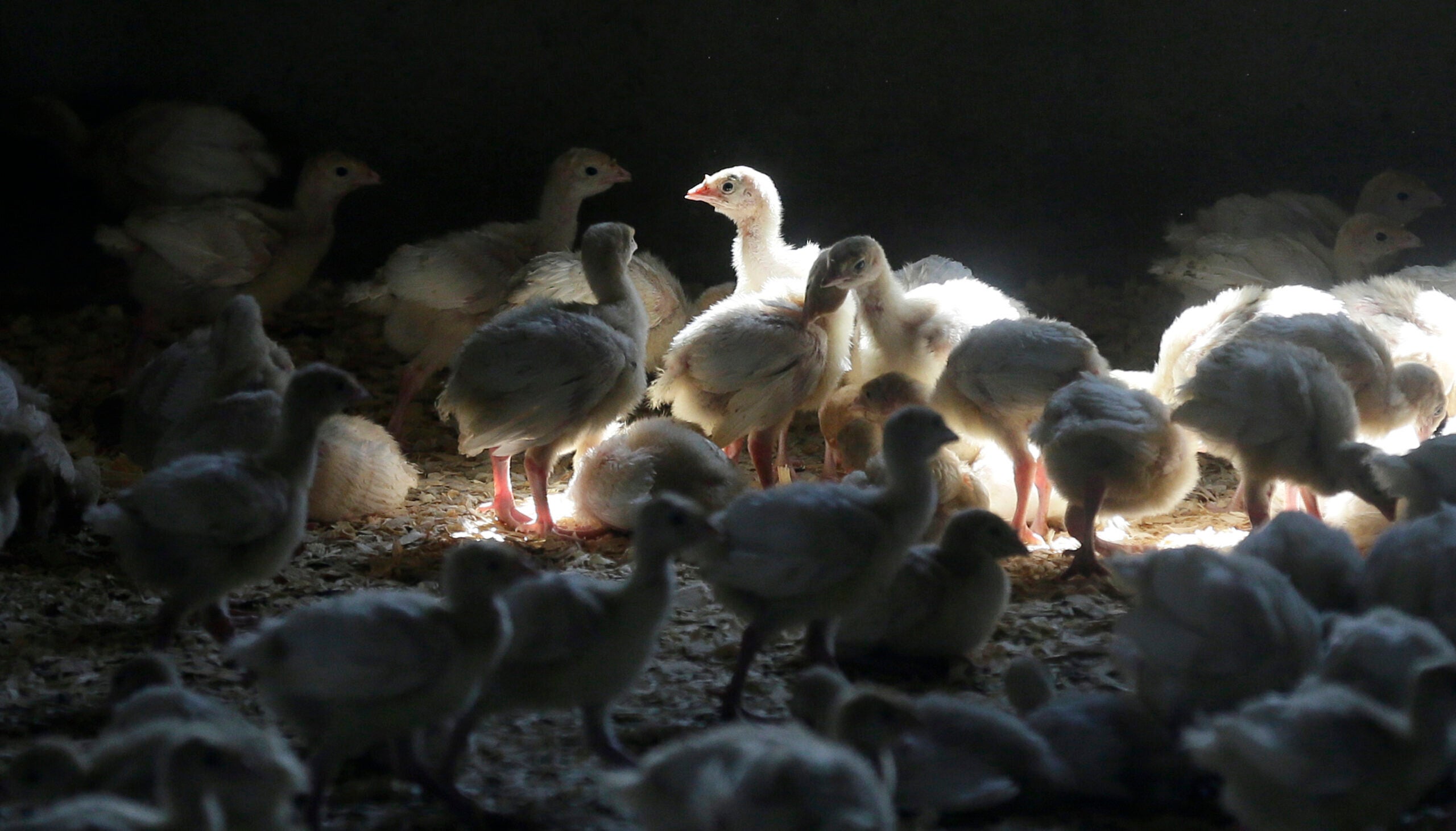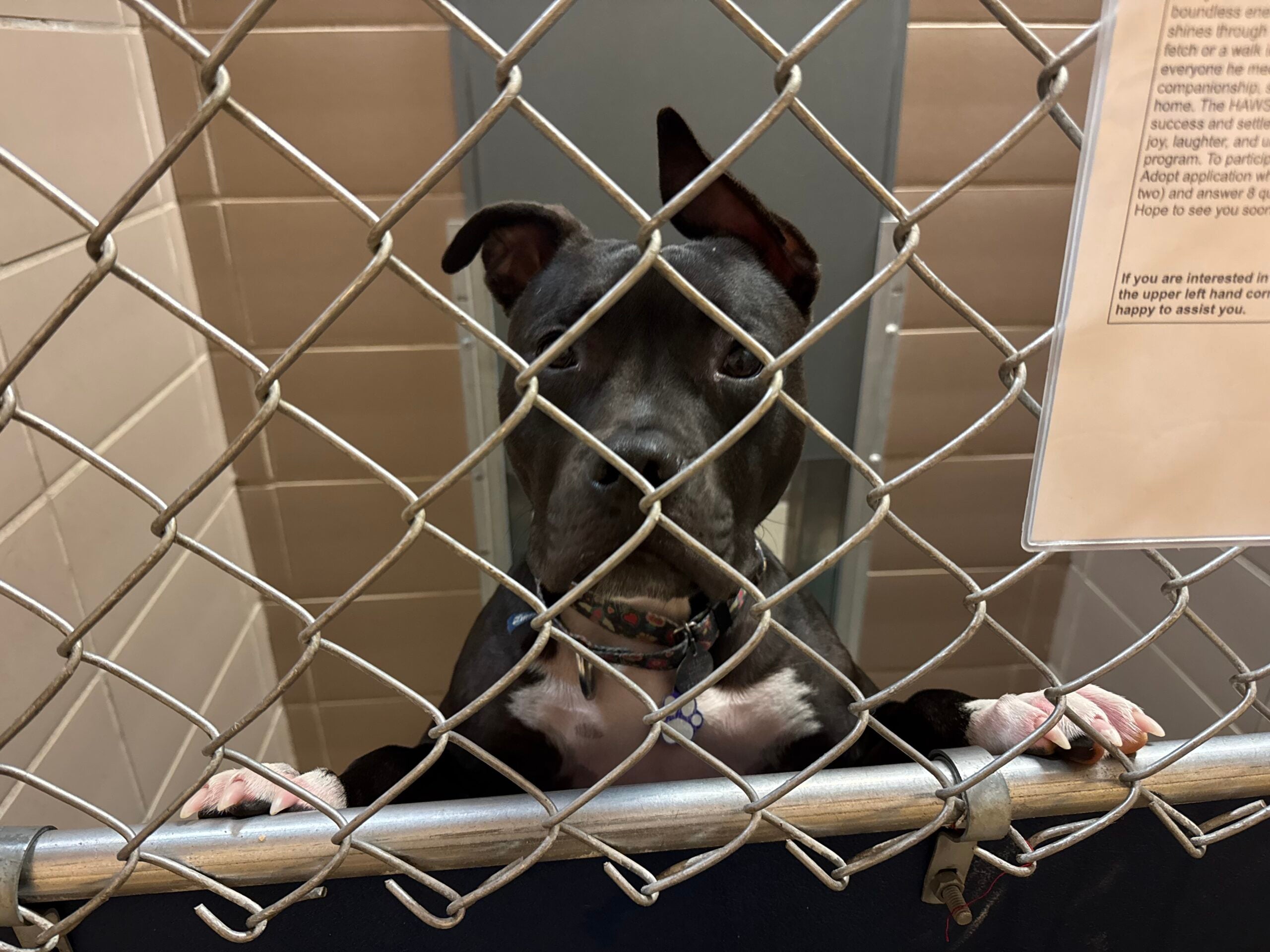New federal data shows pay for veterinarians in Wisconsin has increased significantly in recent years.
Veterinarians.org, an online industry publication, compared salary data from the U.S. Bureau of Labor Statistics for all 50 states from 2020 to 2022. The report found the average veterinarian salary in Wisconsin increased by 49 percent, going from $99,860 in 2020 to $148,680 in 2022. That’s four times the increase in the national average during that time and the second-highest increase in the country behind Hawaii.
Wisconsin was also the second-highest paying state in the country for veterinarians in 2022. Bureau of Labor Statistics data shows Madison was the second-highest paying metropolitan area in the country, with Appleton ranking fifth in the United States.
News with a little more humanity
WPR’s “Wisconsin Today” newsletter keeps you connected to the state you love without feeling overwhelmed. No paywall. No agenda. No corporate filter.
The wage growth comes as Wisconsin and the rest of the country continues to face a shortage of veterinarians. A 2021 study found that open veterinarian positions in the U.S. exceeded the number of qualified candidates by over 2,000 back in 2019. Experts say that gap has only gotten worse since the COVID-19 pandemic, with many doctors choosing to cut back or even leave the profession because of burnout.
Jo-ell Carson, executive director of the Wisconsin Veterinary Medical Association, said the shortage has likely led to an increase in average wages. She said many clinics and hospitals have reported paying higher sign-on bonuses to attract new doctors.
“We are hearing quite a bit of students having offers in their second and third year of school as well,” Carson said. “So we definitely know that people are looking, and that clinics and corporate offices are getting creative on what to do to attract veterinarians.”
Dr. Douglas Kratt has been a veterinarian for 25 years and owns Central Animal Hospital in Onalaska. He said it’s not just veterinarians who have seen an increase in pay in recent years. He estimated he’s paying everyone on his veterinary team around 22 to 24 percent more than prior to 2020.
“Credentialed veterinary technicians, which are ones that carry a degree from an accredited school, are as difficult or potentially more difficult to find than veterinarians,” he said.
Kratt said there were also times during the height of the COVID-19 pandemic where it was harder to find qualified veterinary assistants and even customer service representatives for his office.
He said demand for veterinary services went up during the pandemic, putting more strain on limited staff.
“From my personal experience, with the economy softening so has some demand for veterinary services, although it’s still robust,” Kratt said.
But he doesn’t think salaries in veterinary medicine have plateaued. Kratt said vet compensation is also likely to include other benefits, like licensure fees and the cost of continuing education.
Carson said veterinarians are also facing higher operating costs, especially animal doctors operating an independent clinic.
“It takes a lot to run a clinic, from the staffing of the individuals, setting up urgent care, after hours, calls, machinery, licensing, equipment,” she said. “So I think that it’s probably a good trend to see some wage increases for veterinarians and the people that work there as well.”
Carson said it’s too early to say whether higher wages will fix the shortage of veterinarians and other staff in Wisconsin or other parts of the U.S. But she’s hopeful there’s a solution ahead for the industry, especially as veterinary colleges look to expand their programs.
“There is no popularity shortage in people wanting to become veterinarians,” she said. “The numbers of applications are at an all-time high. People are very interested in being in the field. So it’s really a matter of how do we increase the number of veterinarians that we’re training.”
Wisconsin Public Radio, © Copyright 2026, Board of Regents of the University of Wisconsin System and Wisconsin Educational Communications Board.




